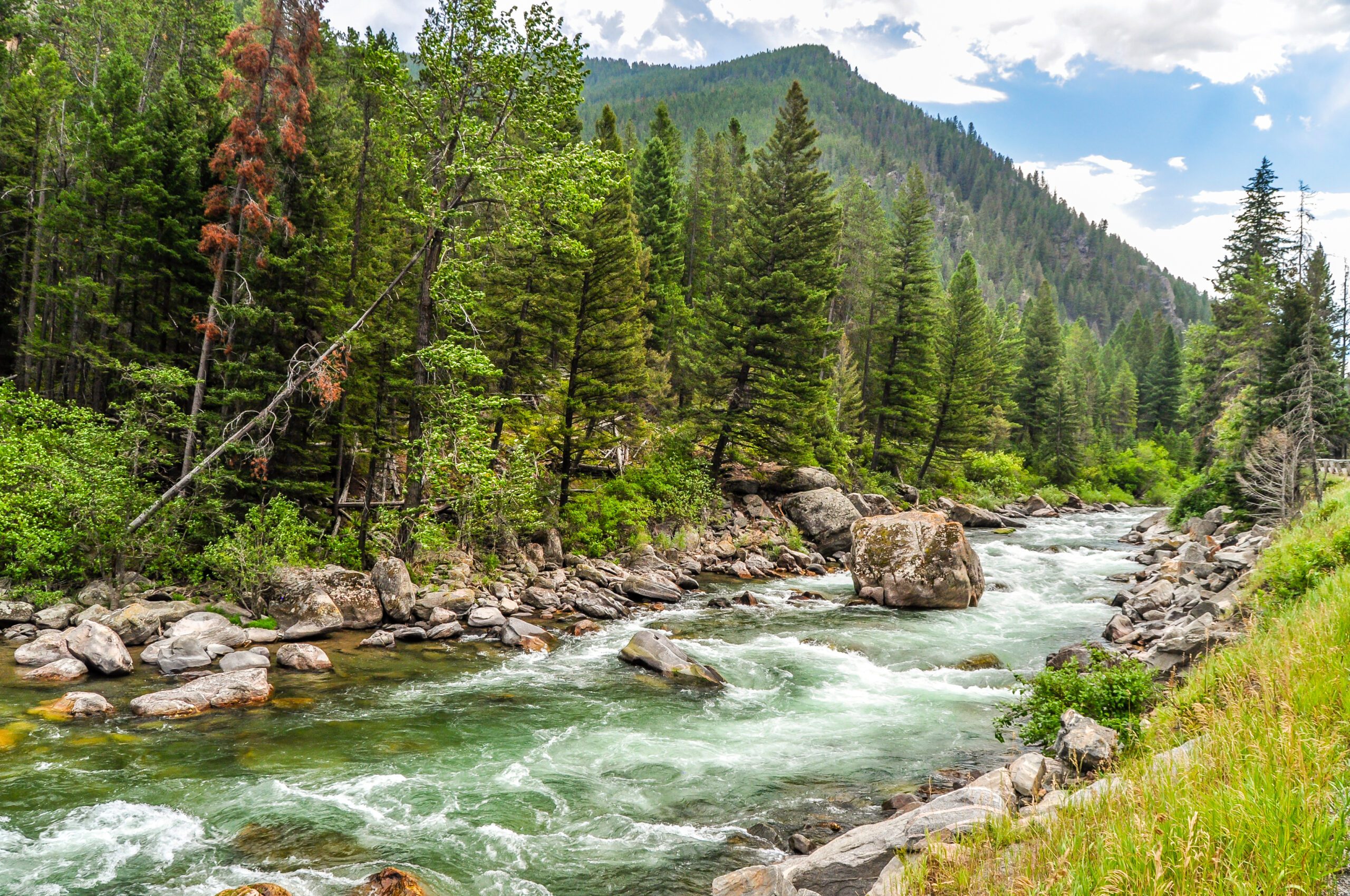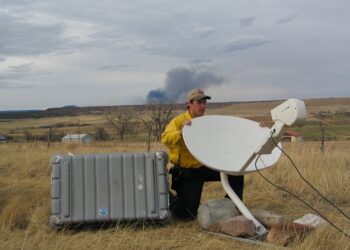While pollution-induced algal blooms threaten the river, environmental groups say the designation will aid an eventual cleanup.
By Victoria Eavis MONTANA FREE PRESS
Montana officials have moved to list dozens of miles of the Gallatin River as impaired following excessive pollution-induced algal blooms over the last few years.
The Montana Department of Environmental Quality reached the determination after analyzing “years of scientific data and visual evidence,” according to a recent press release.
“It sounds bad, but it actually represents a really good thing for the river,” said Guy Alsentzer, executive director of Bozeman-based nonproft Upper Missouri Waterkeeper, noting that the river will undergo treatment once it receives an official designation.
If the proposal is approved by the federal Environmental Protection Agency, the section of the Gallatin River from the Yellowstone National Park boundary downstream to the confluence with Spanish Creek can start to be nursed back to health.
Part of the cleanup would establish a tool known as “a total maximum daily load.” The TMDL would establish a limit on how much of a pollutant the river can tolerate. From there, the state, local groups and landowners can develop a plan.
Studying and treating the river is projected to take five to six years, according to the release.
If the neon-green algal blooms are left untreated, fish populations and river-dependent industries and uses like irrigation, rafting and tourism will be at risk, Alsentzer said.
“It’s not just about the health of the fish, it’s also about the ability to use the river as a society,” he said.
The move to list the Gallatin as “impaired” comes after multiple environmental groups — including Upper Missouri Waterkeeper, the Gallatin River Task Force, Montana Trout Unlimited and others — formally petitioned the state to do so last spring.
The nuisance algal blooms are due in part to nitrogen and phosphorus in the river that originate in part from sources tied to development, such as inadequately treated wastewater, fertilizers and old septic systems, Alsentzer said.
But beyond that, the precise cause of excessive algae growth is unknown.
While blooms are often the result of heightened amounts of nitrogen and phosphorus, the Gallatin River is not exceeding permitted levels. That could mean the permissible levels need to be reconsidered, the Gallatin is particularly sensitive, or the blooms are being spurred by other factors like warming temperatures, explained Lilly McLane, restoration director for the Bozeman-based nonprofit Gallatin Watershed Council.
“According to existing data we are not exceeding nitrogen and phosphorus levels that would cause algal blooms. It could be just that those water quality standards are just not sensitive enough for our climate,” McLane said.
Alsentzer maintains that increased construction in Big Sky and the surrounding area is mostly to blame.
“Maybe we need to be more conservative with development,” he added.
But that proposal taps into one of the major issues plaguing the area around the Gallatin River: a shortage of housing.
According to the Big Sky Community Housing Trust, Gallatin County has a rental vacancy rate of roughly 0%.
Upper Missouri Waterkeeper and the Montana Environmental lnformation Center successfully sued the state in 2021 over a planned subdivision in Big Sky.
The lawsuit claimed DEQ’s approval of the development permit was illegal because the state did not take into account the impact of more wastewater discharged into the Gallatin, which is already stressed by effluent.
More recently, Upper Missouri Waterkeeper filed a complaint with DEQ over a different subdivision in Big Sky, also alleging that the permit does not take into account “cumulative impact” on an already struggling river. The state has yet to respond to the filing.
Going forward, DEQ recommends that residents plant native vegetation along streambanks, schedule regular septic maintenance and limit the use of fertilizers, among other tactics. DEQ is set to hold a public meeting on the topic at the Big Sky County Water & Sewer District on May 1, at 6 p.m.
“It shouldn’t be St. Paddy’s Day in the river all summer long,” Alsentzer said.














